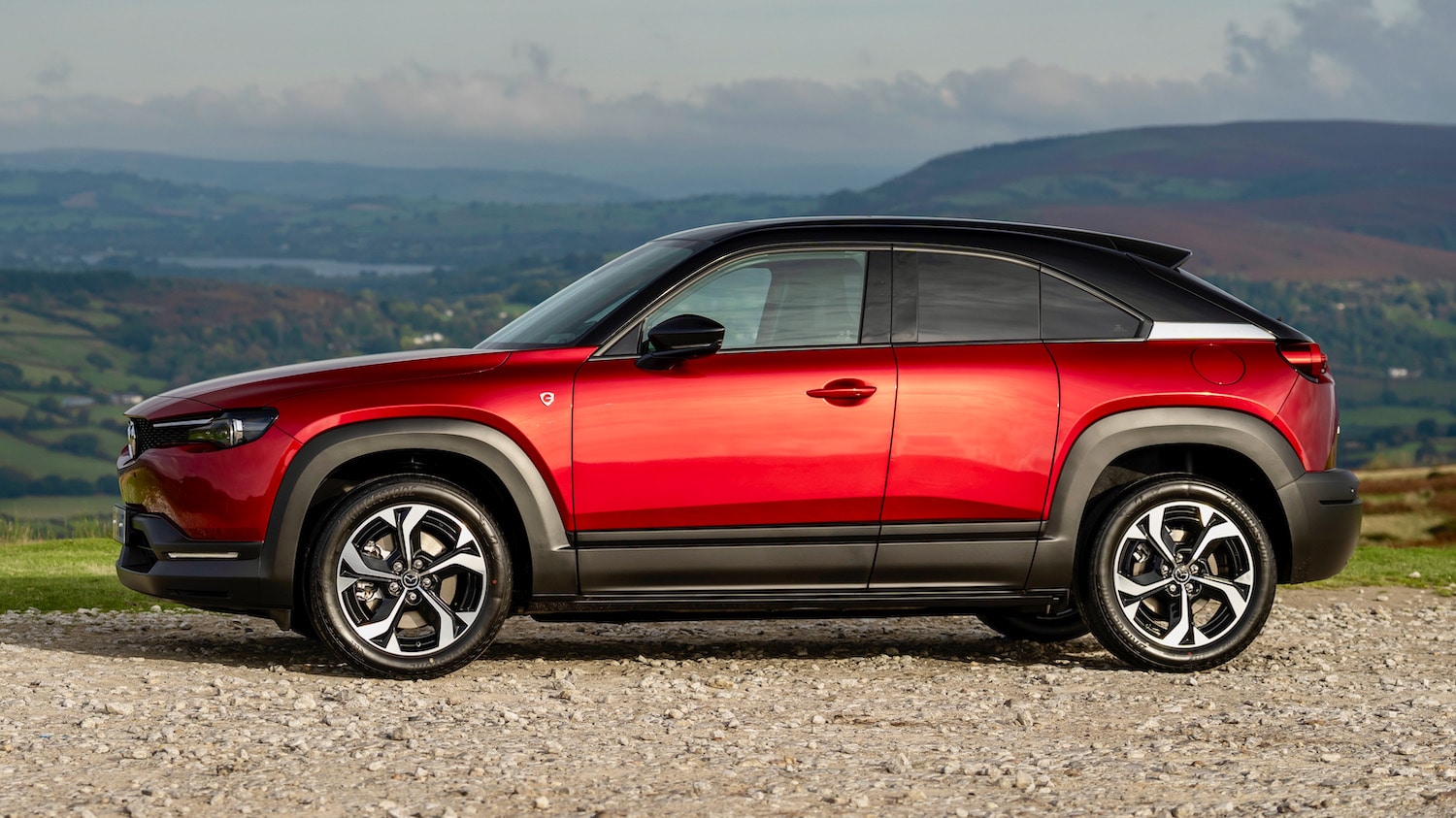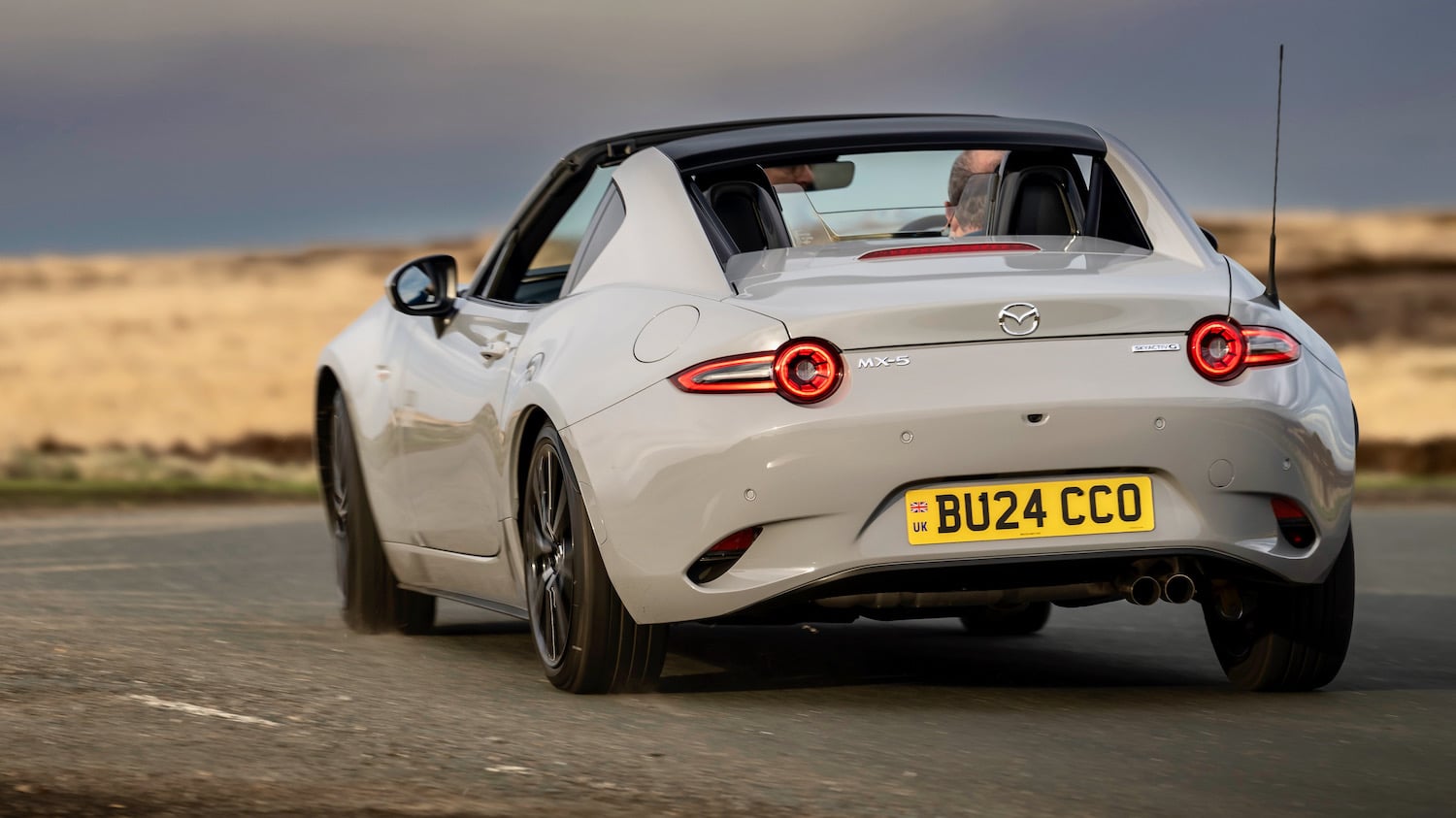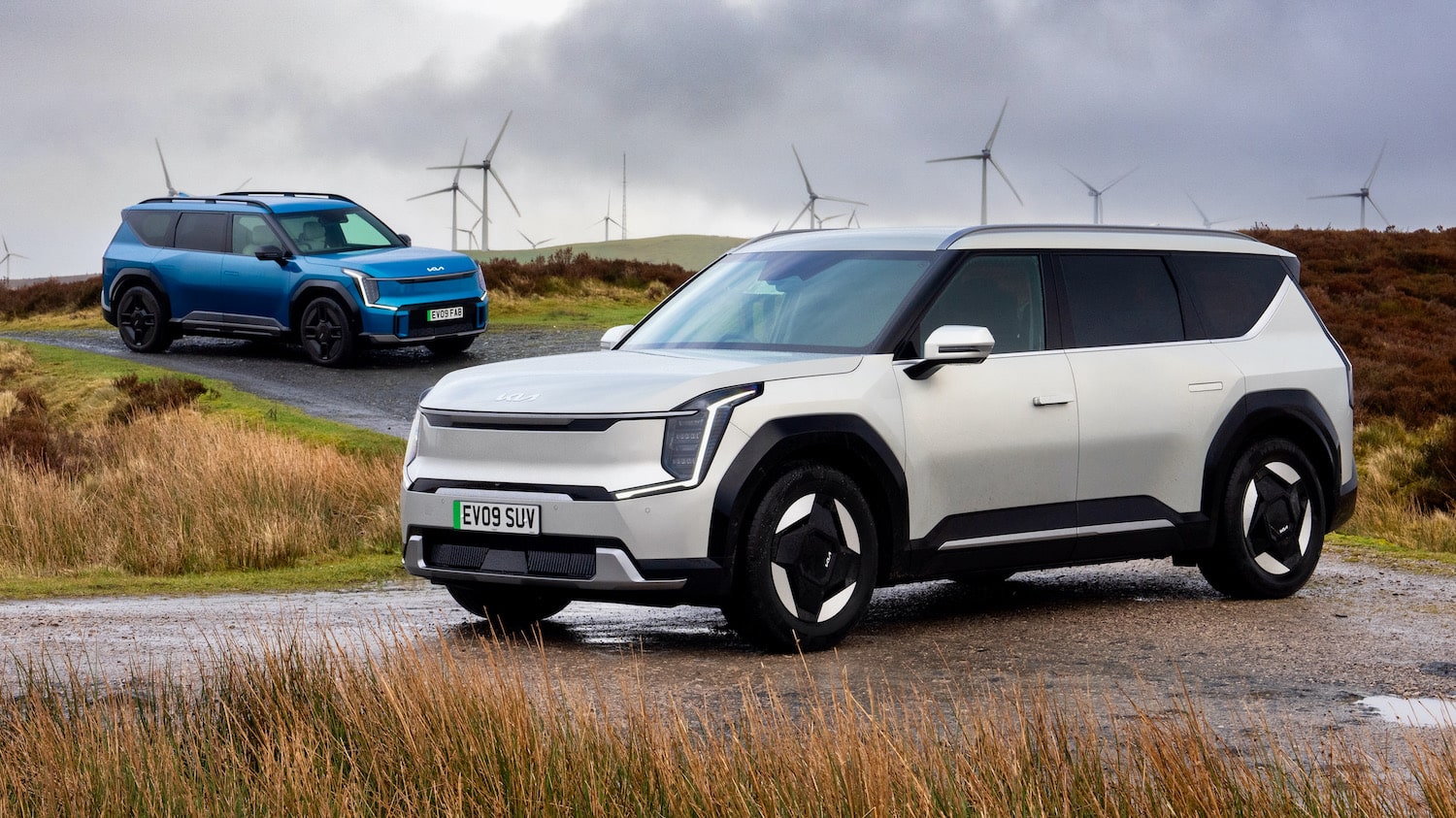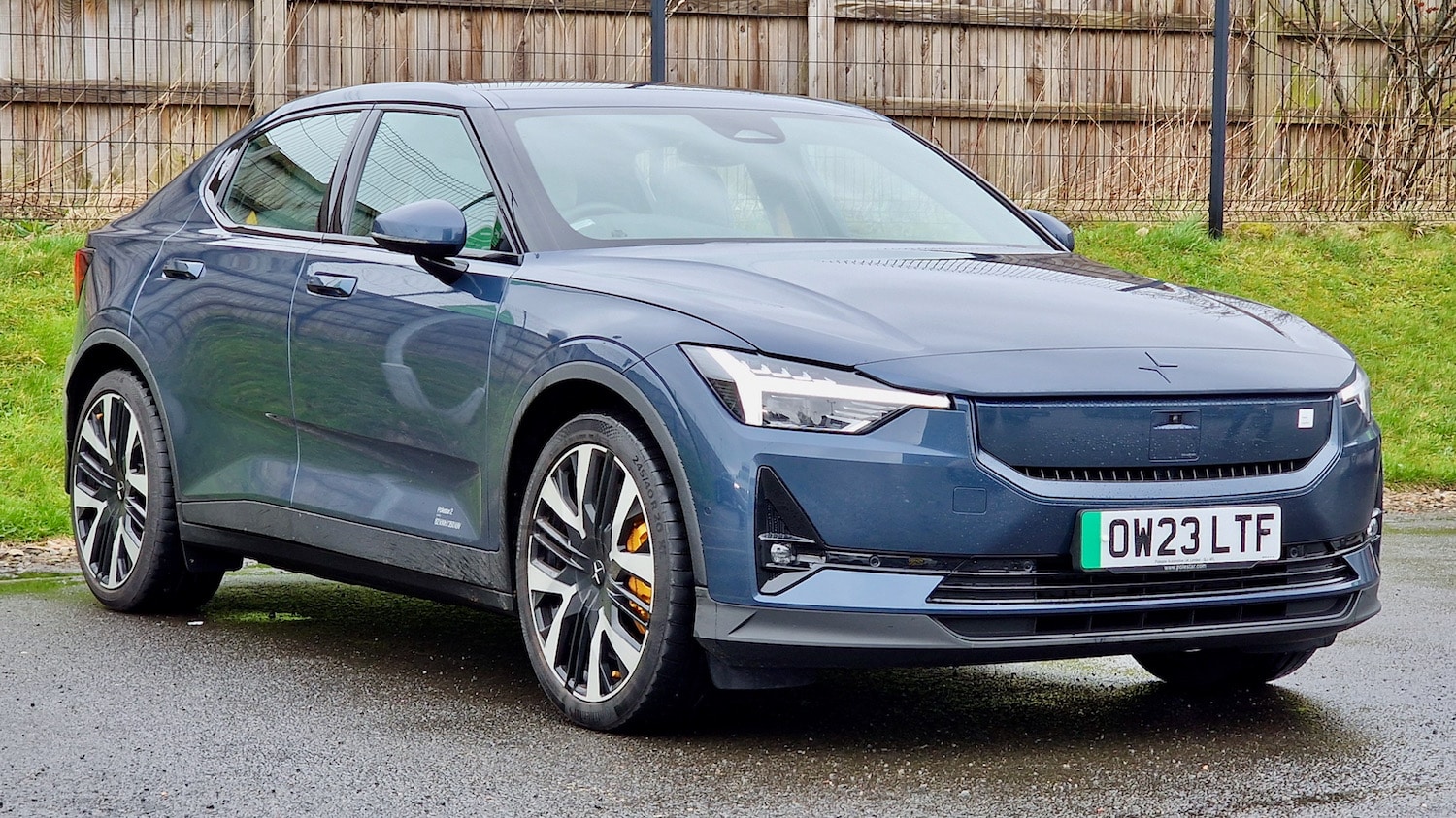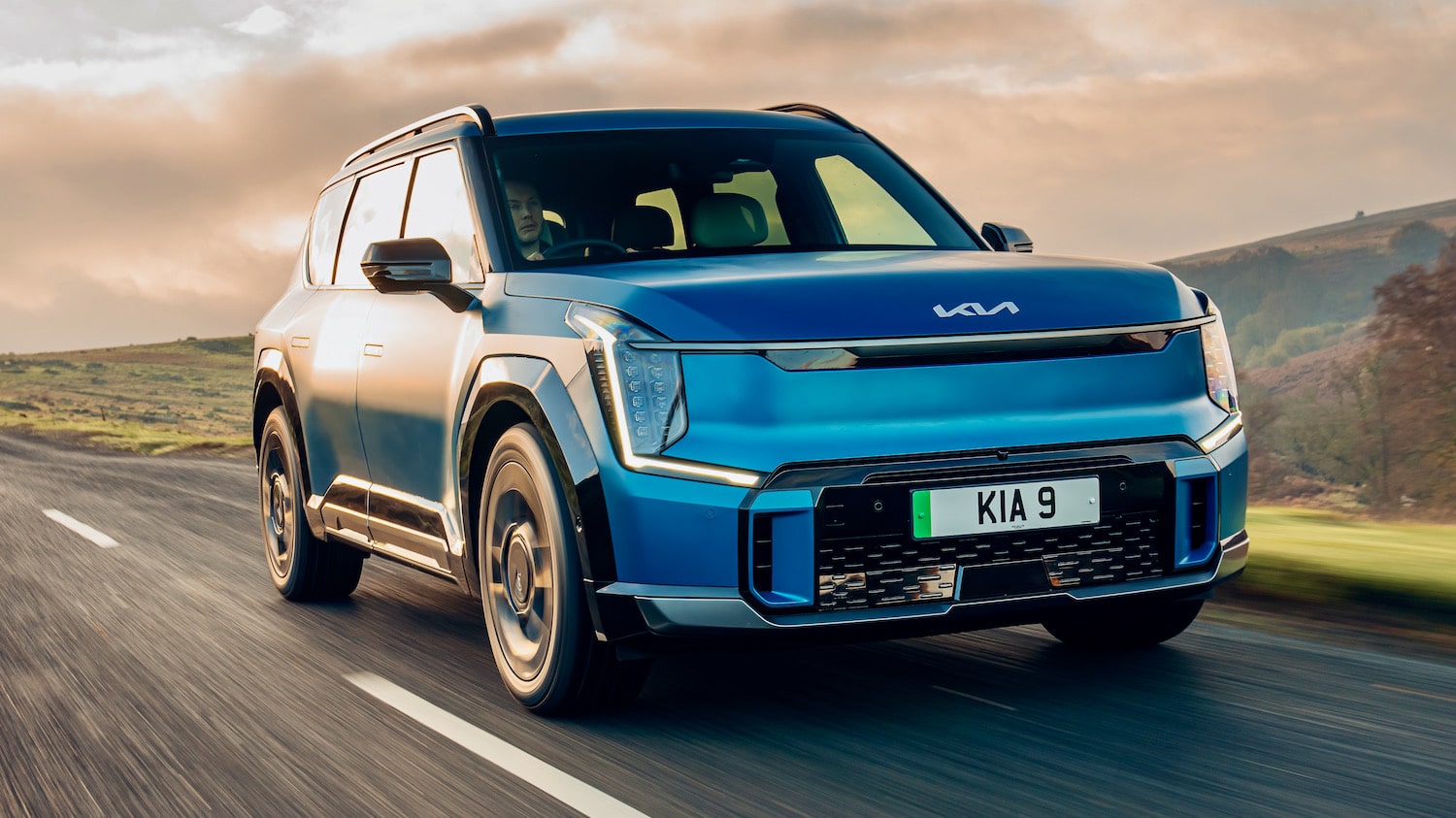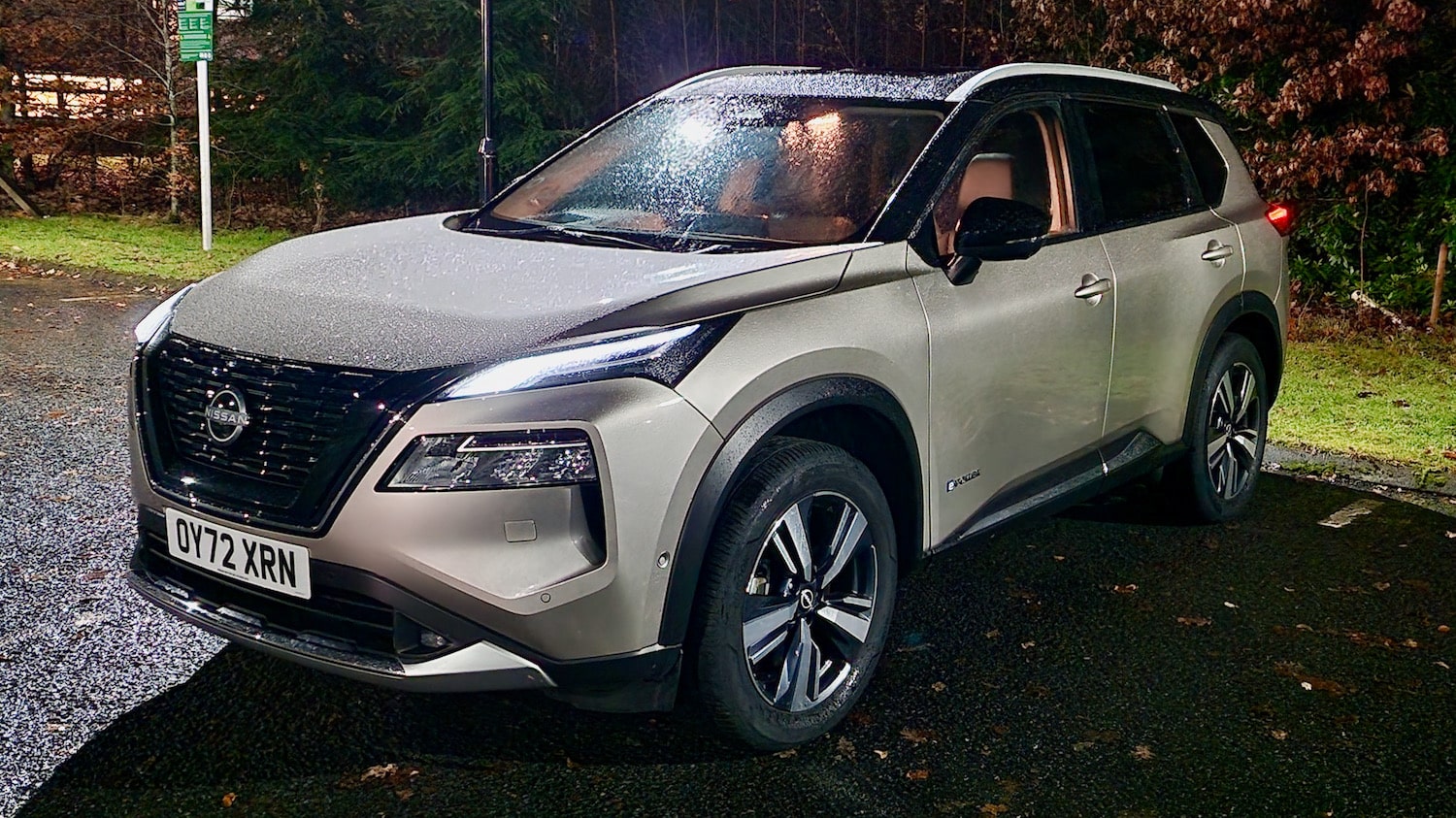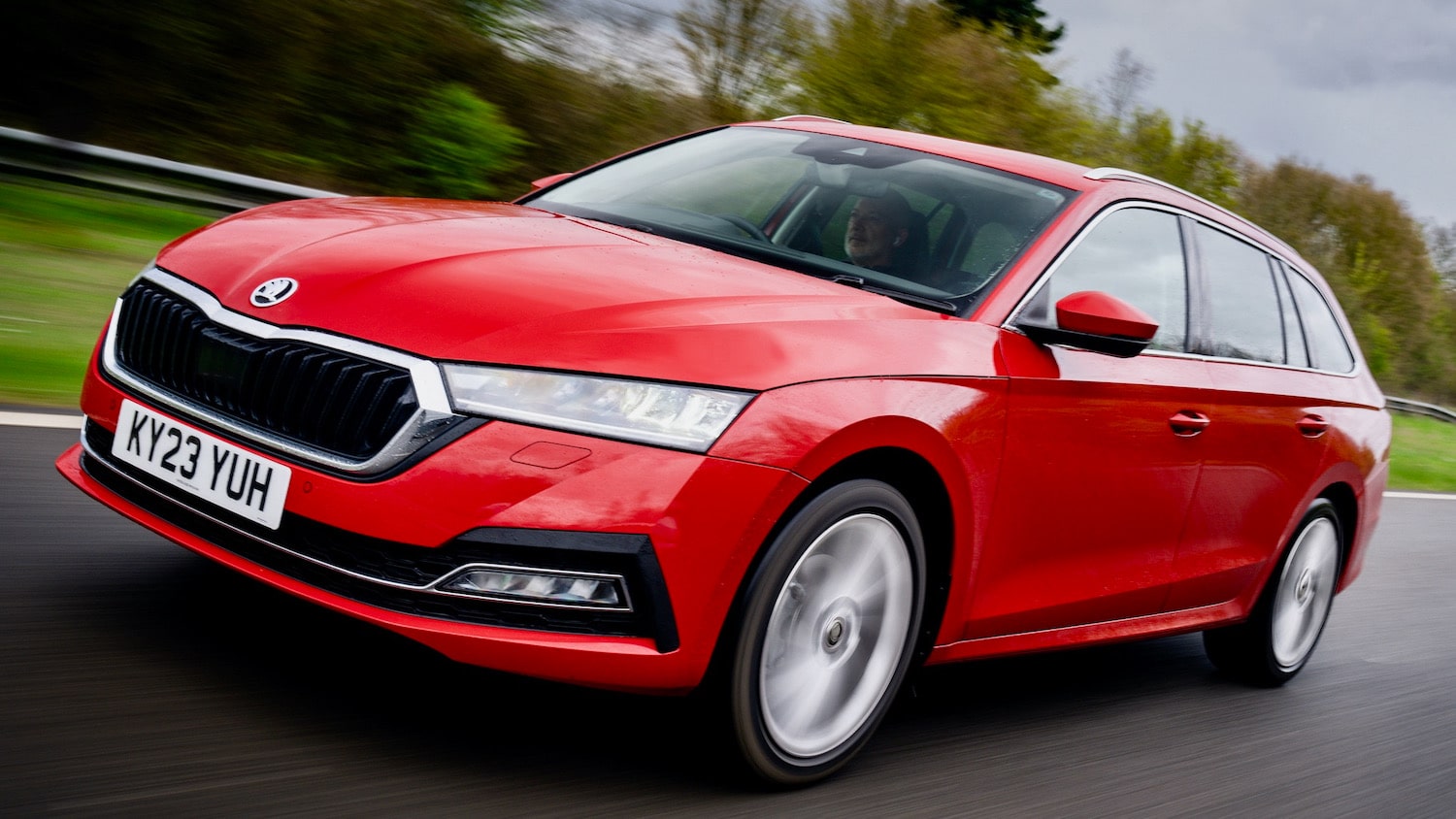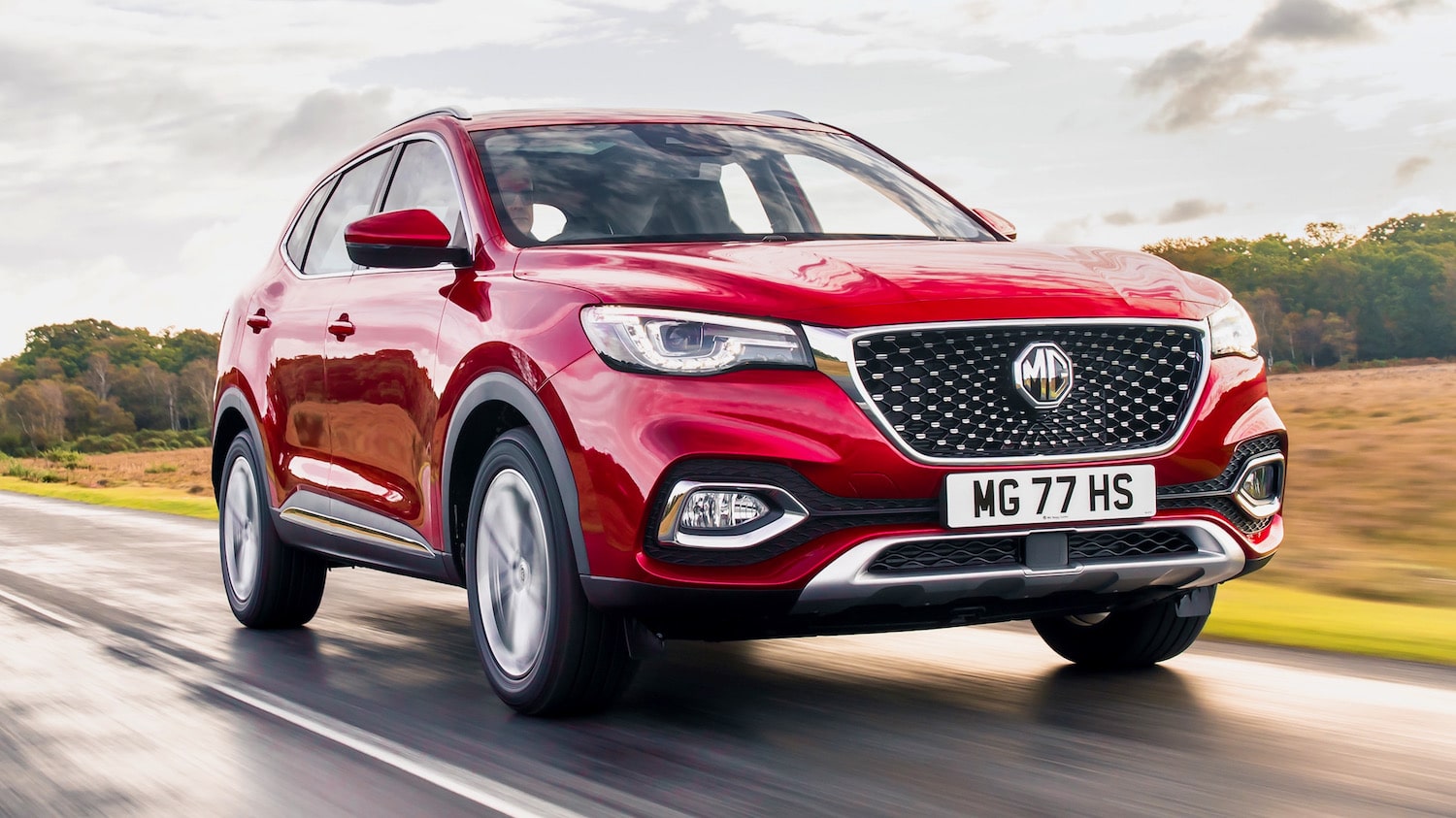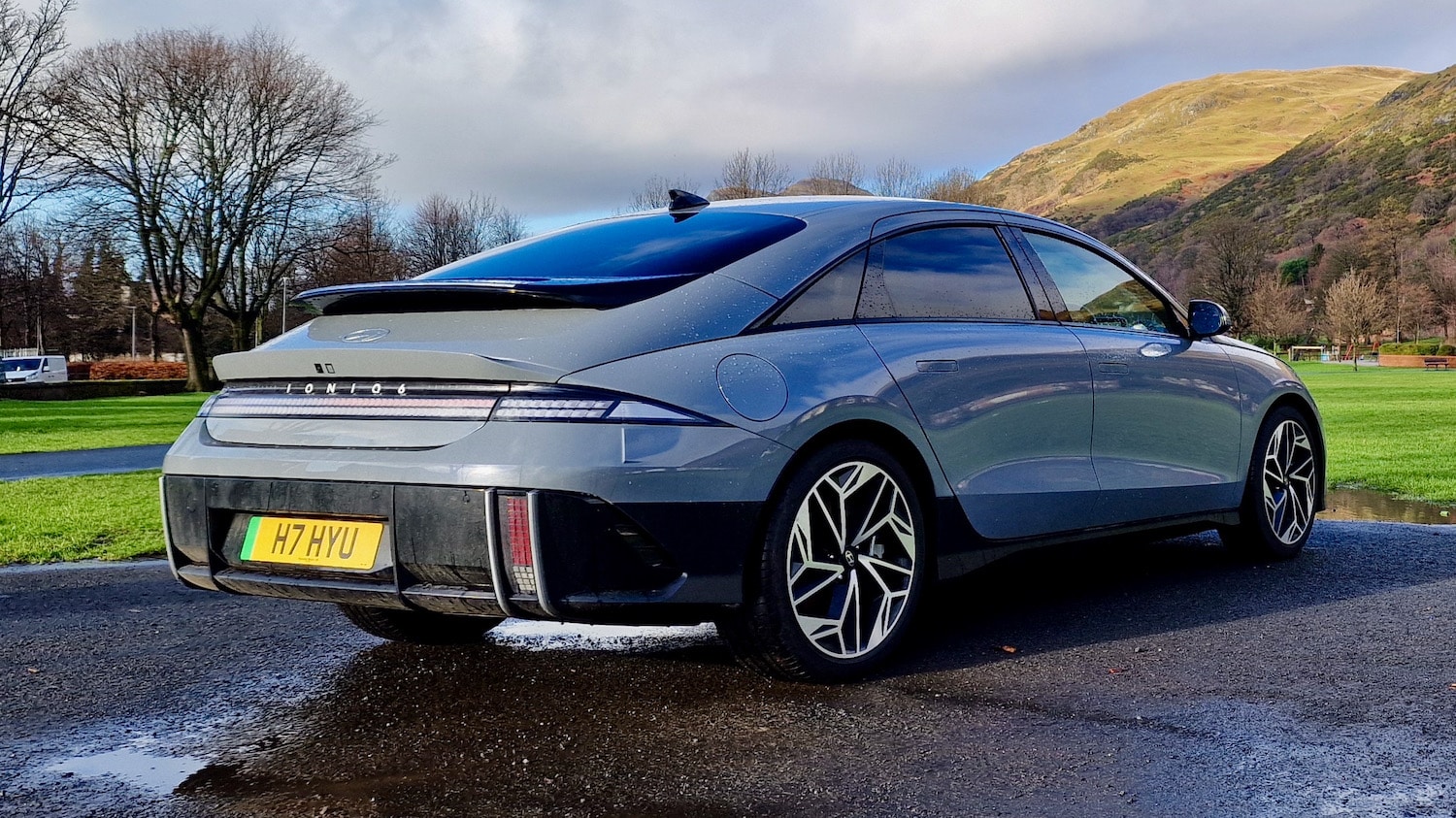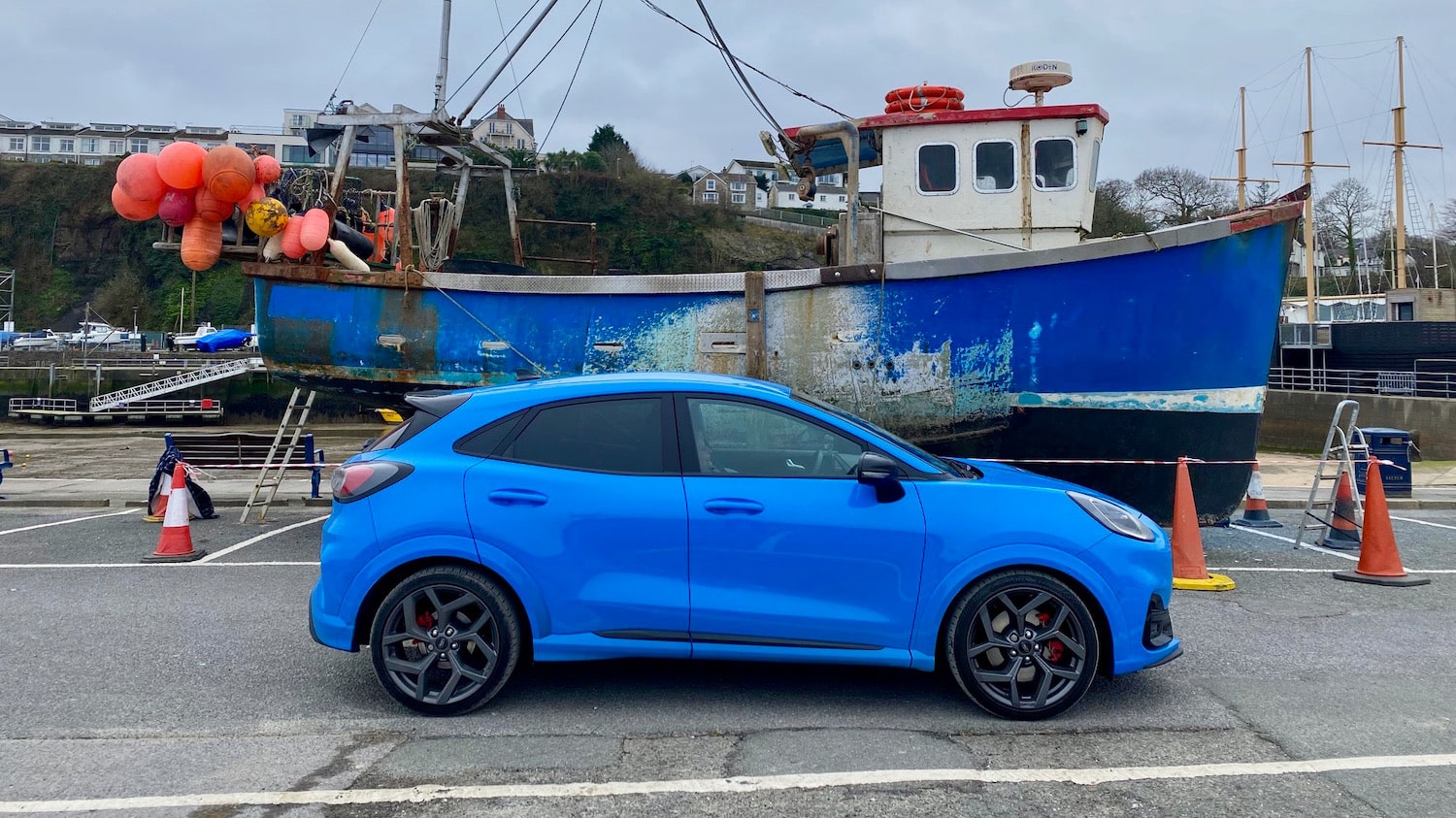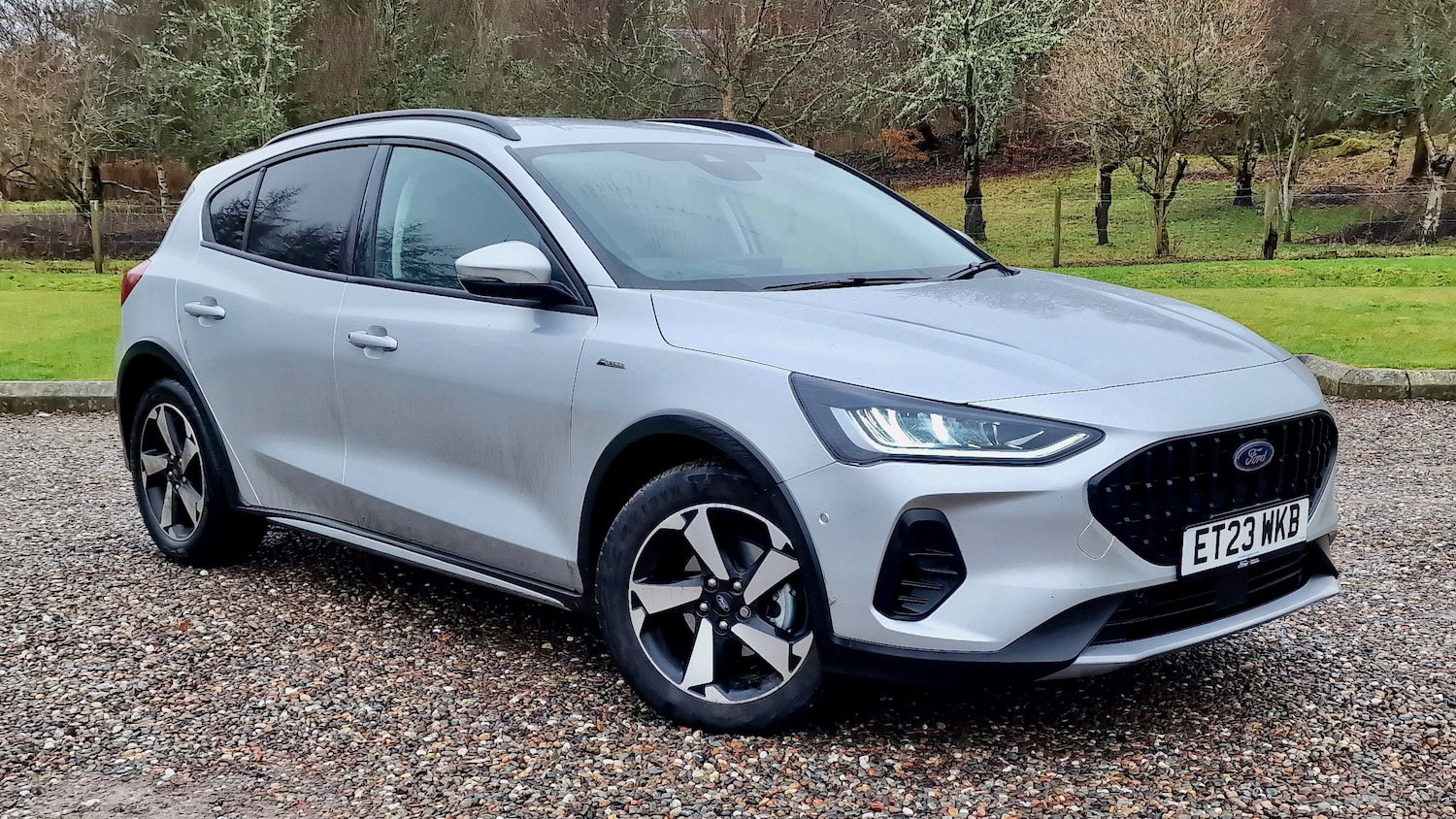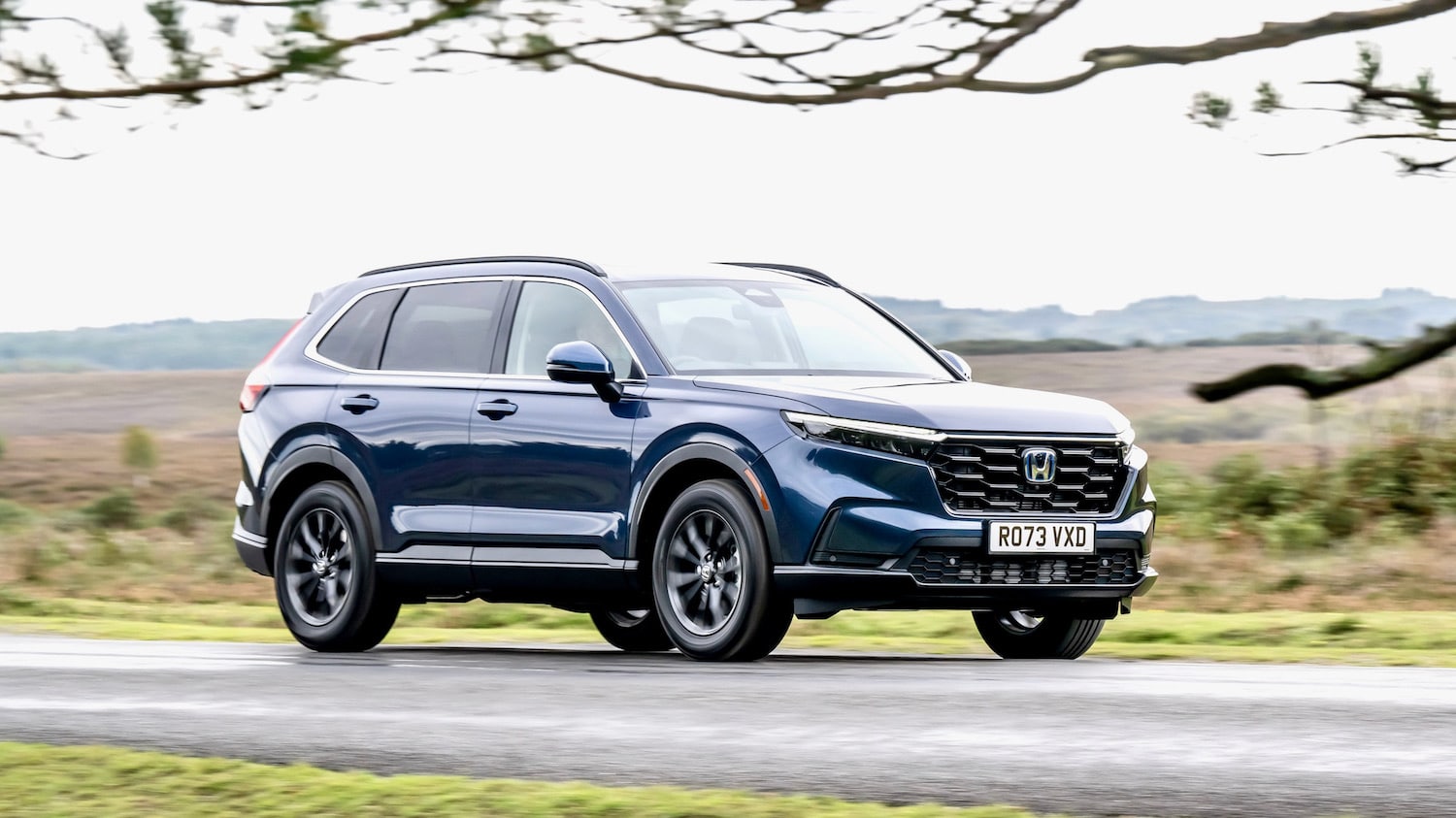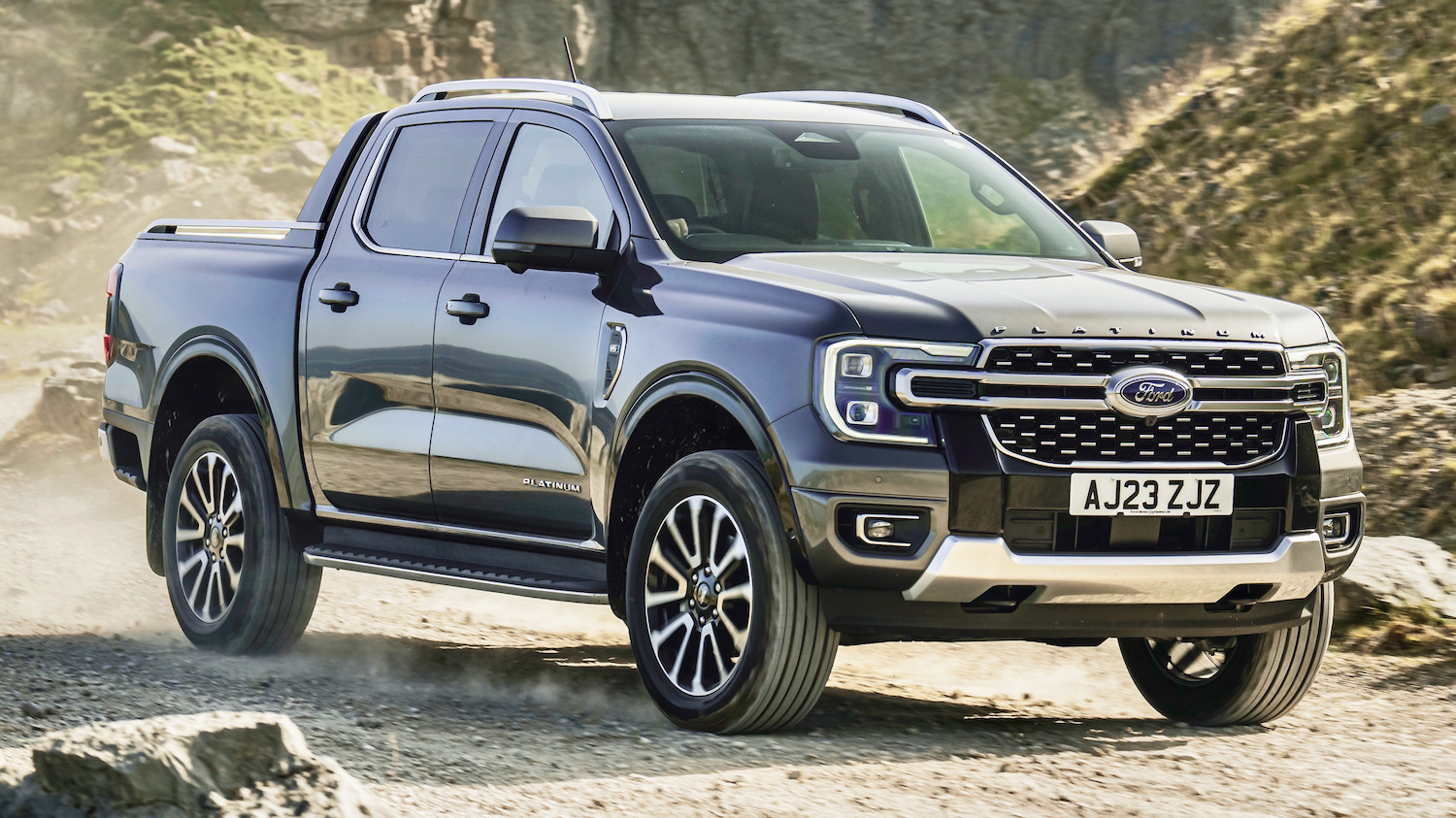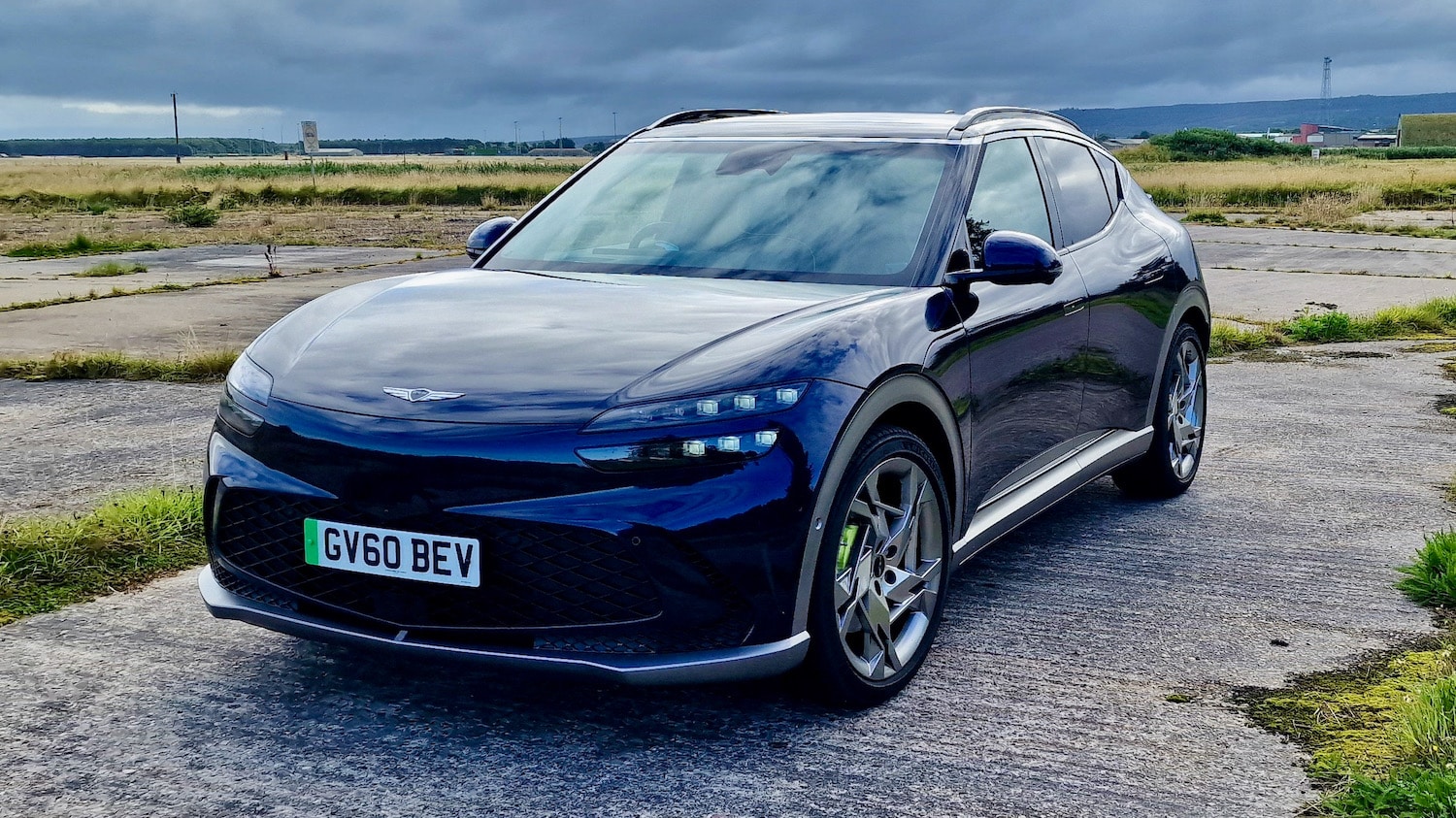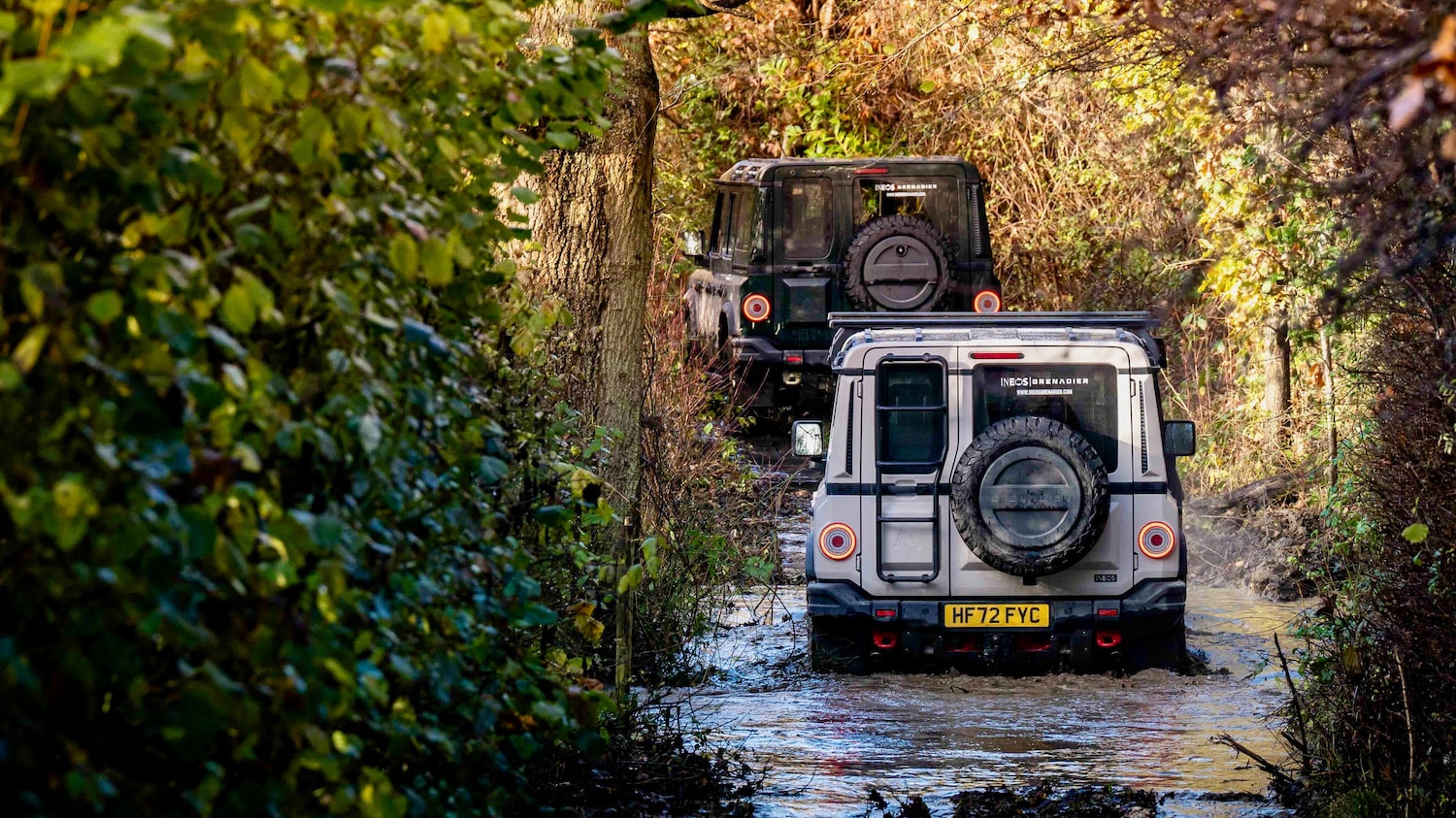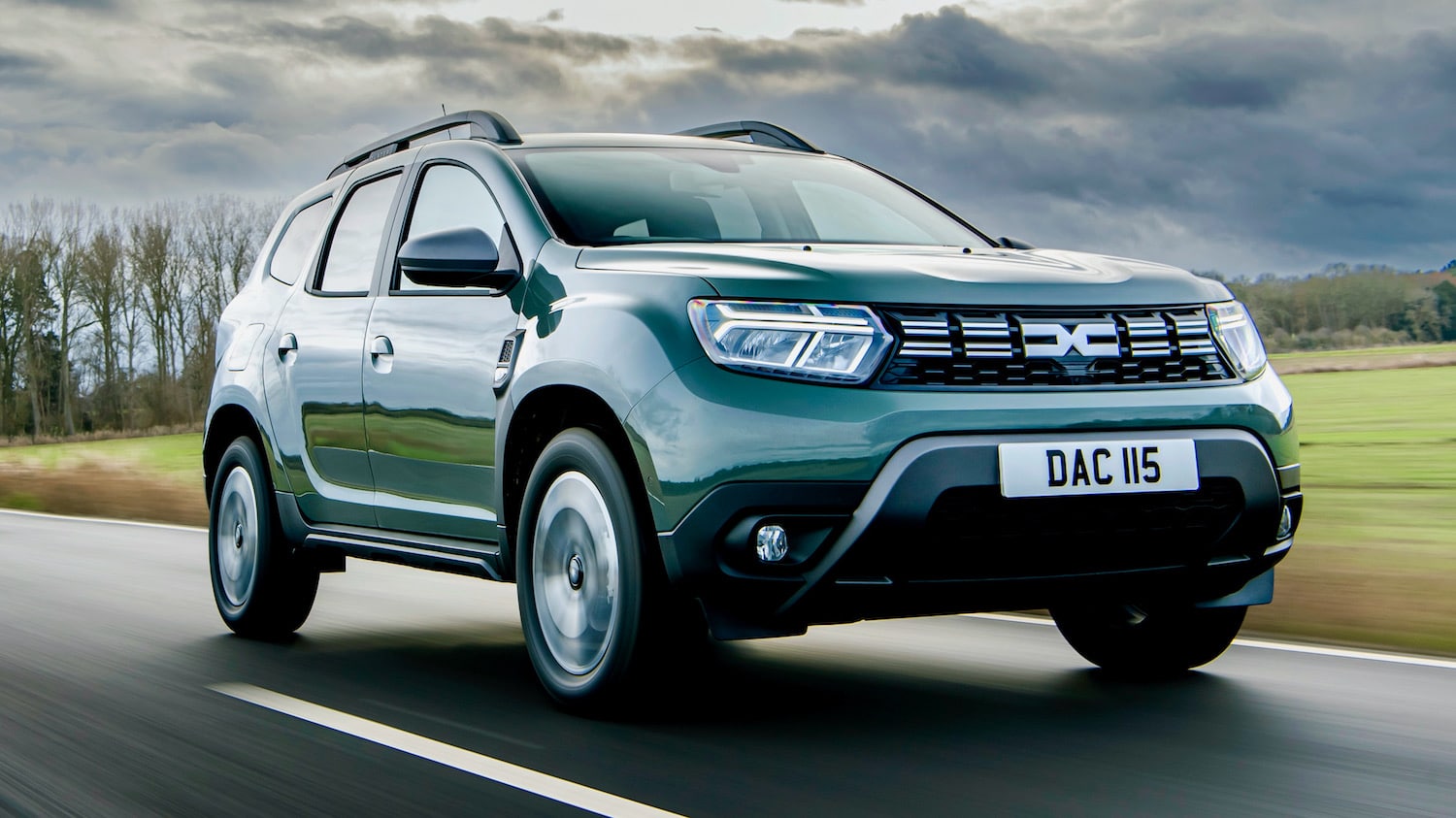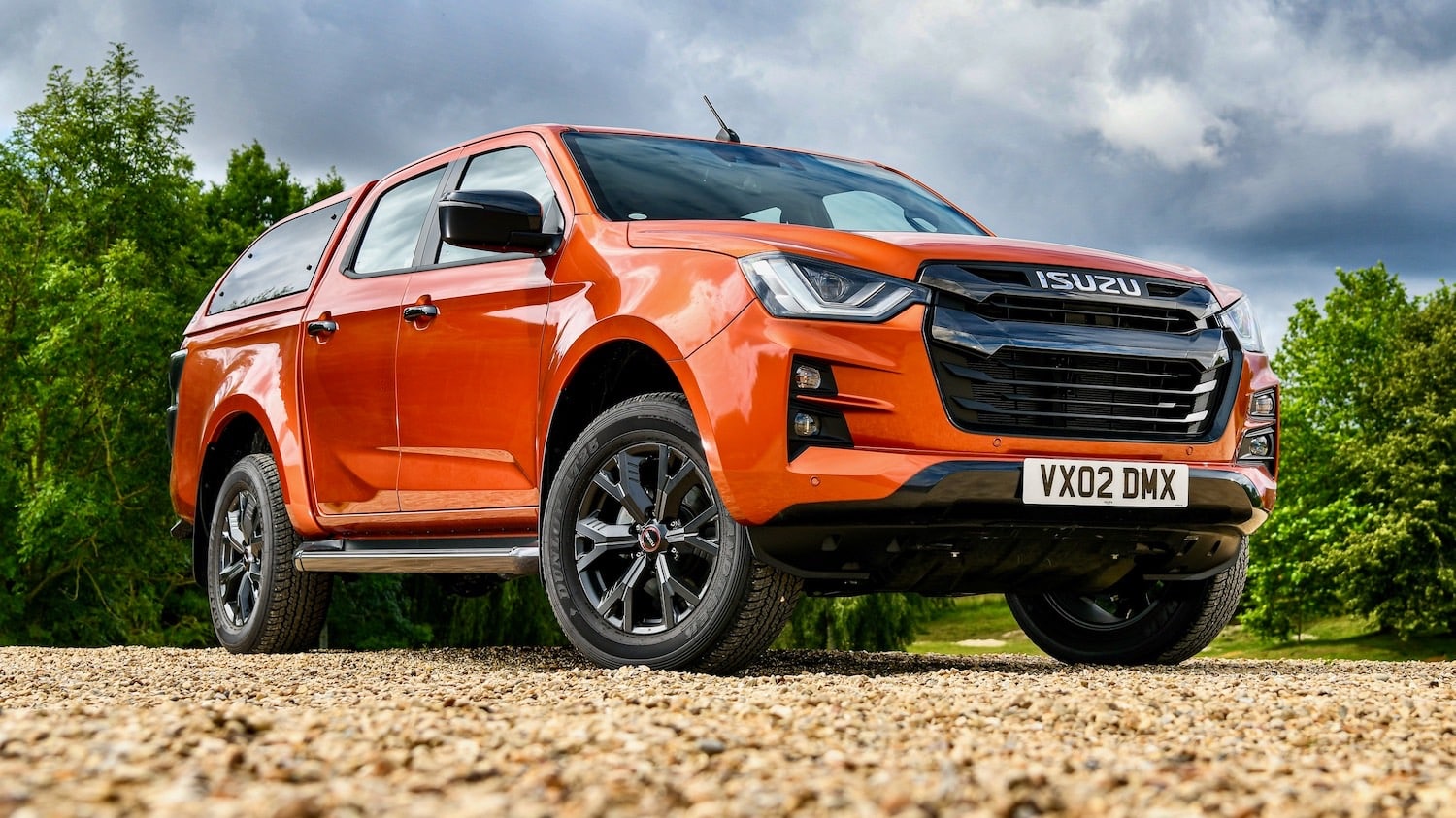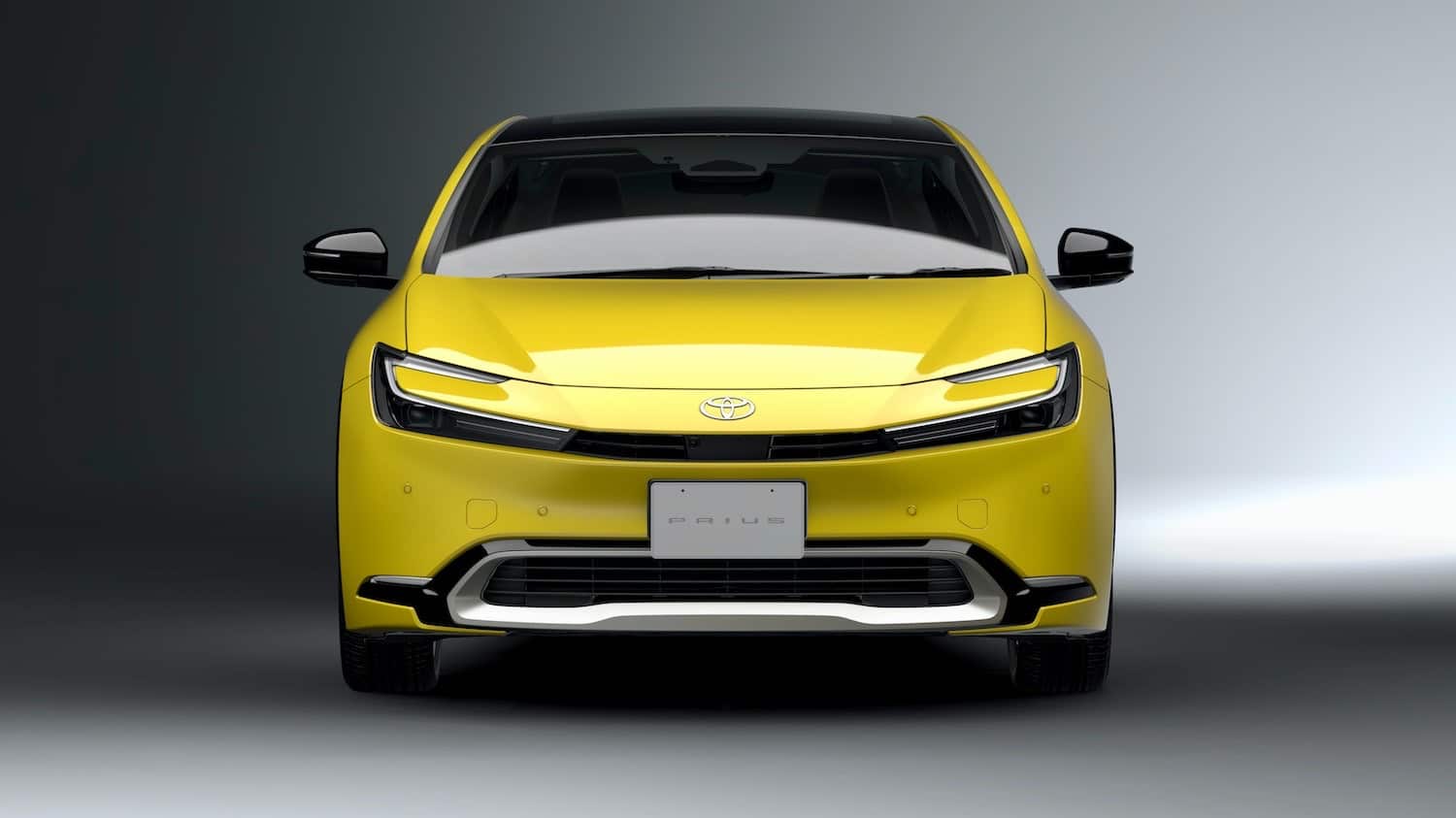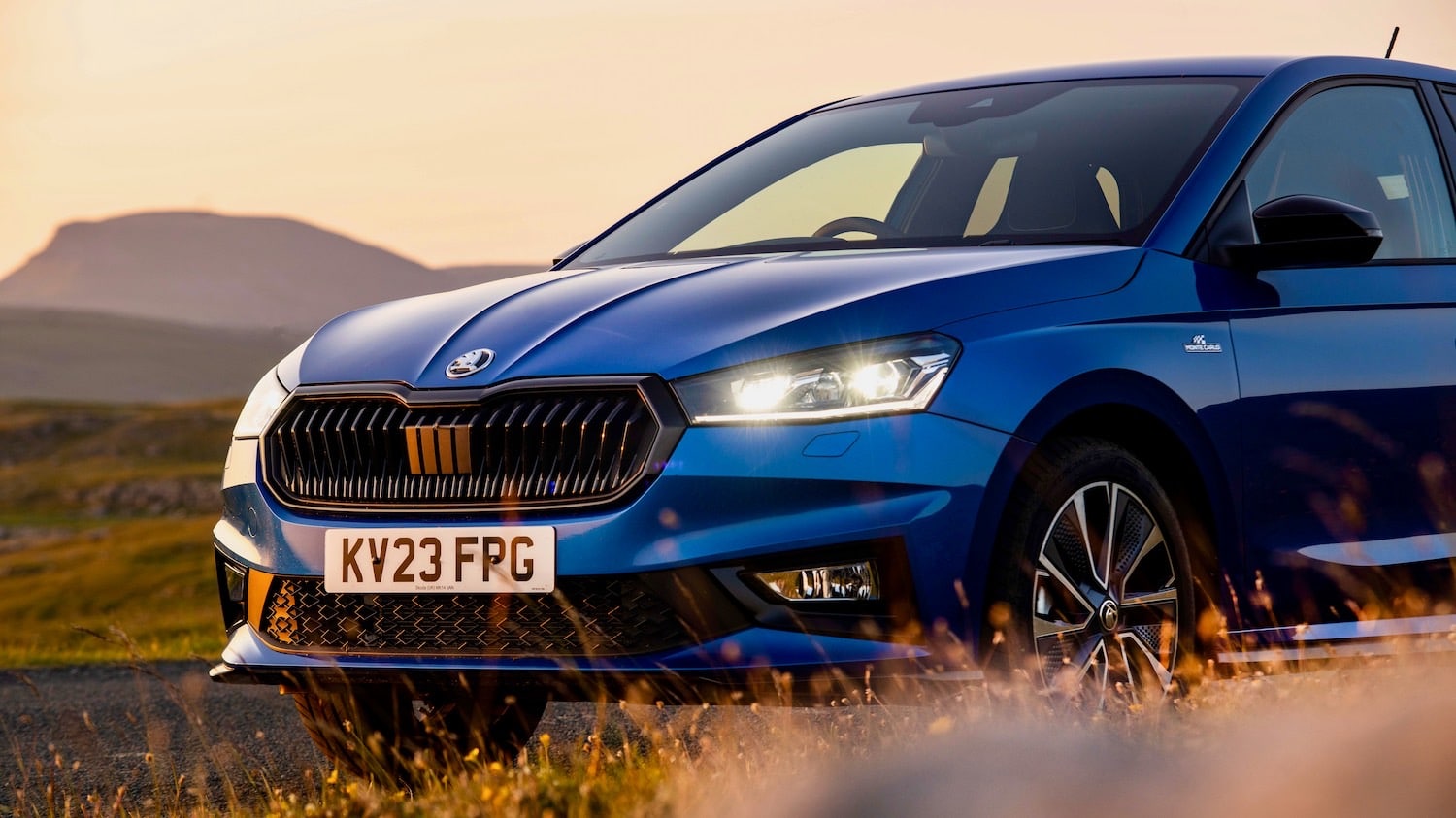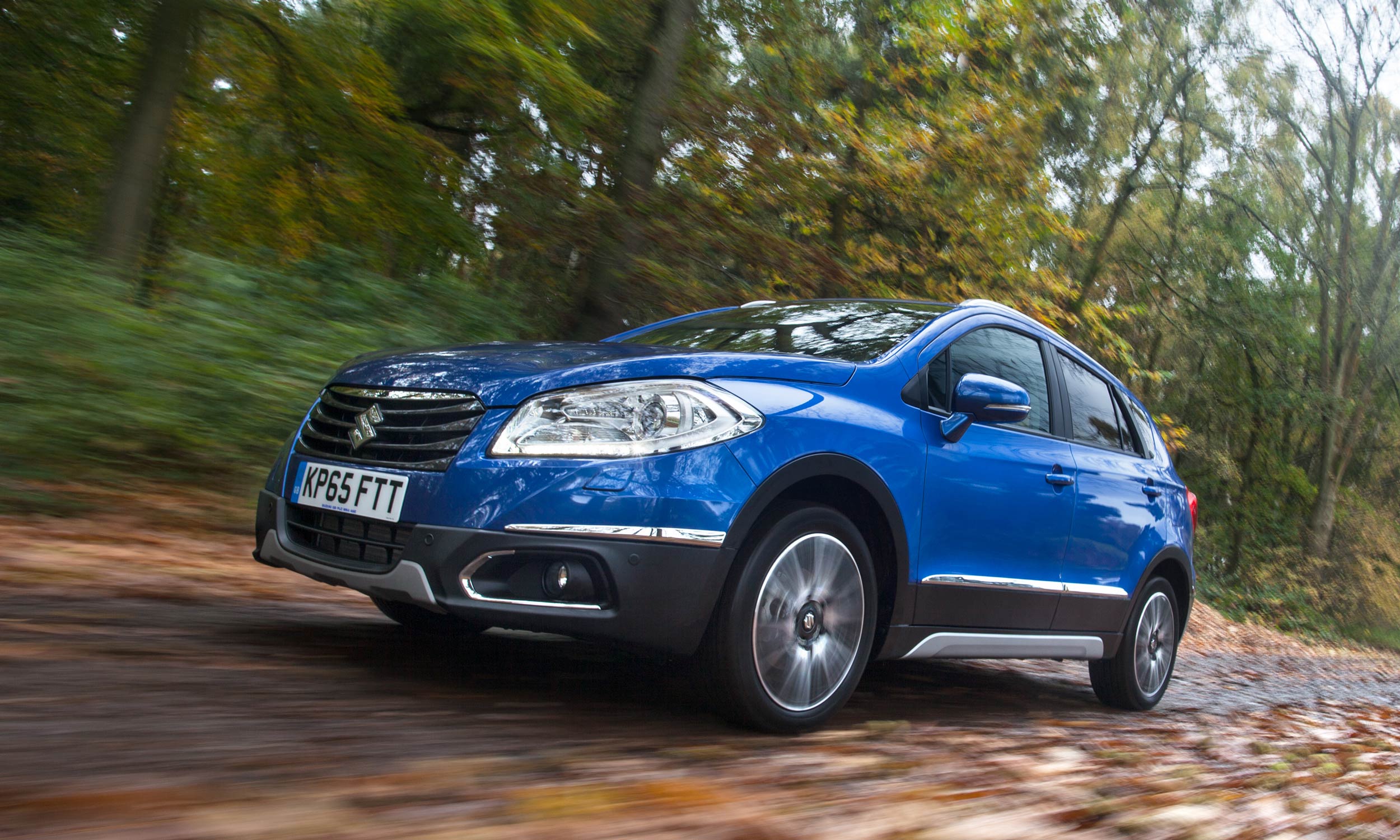Suzuki’s S-Cross was launched a couple of years ago but has only recently become available in automatic form.
It’s interesting to note that, while the 1.6 Diesel engine in the version I tried is a Fiat unit, and that Fiat has its own twin-clutch automatic gearbox (for example in the Alfa Romeo Giulietta), Suzuki has done its own thing with the gearbox and developed a Twin Clutch System (TCSS).
It is, in fact, an automated manual transmission with a hydraulically controlled clutch and gear change. Such systems, thanks to the two clutches, always have the next gear instantly available, so the changes are really smooth. One of the clutches — the odd — looks after the first, third and fifth gears and ‘even’ runs second, fourth and sixth (top) gears.
I tried kick-down for a quick surge of overtaking power, but it doesn’t happen in this system, so you go manual instead via the paddle behind the steering wheel.
Automated manual gearboxes are not noted for their smooth, slick changes…Suzuki’s own little Celerio has one as an option and, although it’s not too bad, it is beaten into a cocked hat by the TCSS, which is perfectly fine.
Another feature of the TCSS is the creep facility that moved the car at about 5mph in heavy traffic, although if the car in front is crawling at less than that, then you will be on and off the brakes all the time. This will only operate once the TCSS is properly up to temperature, nor will it do its thing if on an incline of more than five per cent. On a downward slope, you’ll also get engine braking when the clutch detects the car’s nose is pointing downwards.
Suzuki says that the TCSS box is ideal to cope with the 320Nm of torque shoved out by the 1.6 DDIS engine. There is usually some payback in economy and emission terms through having an auto box. In this case, it is almost negligible. The official combined cycle for fuel consumption over the manual Allgrip car is 62.8 mpg (-1.4 mpg), while the emissions are just 4g/km more at 118 g/km. Therefore, there is no increase in VED (£30 from the second year on). The actual consumption the trip computer recorded on my fairly brief but reasonably testing route was 54 mpg at an average speed of 34 mph.
It’s not easy to find faults in new cars these days, certainly not on first impressions. This car certainly doesn’t buck the trend. It was enjoyable to drive, easy to manoeuvre with good all-round visibility (apart from the usual thick A-pillar that helps cars get safety stars in N-CAP tests) and steering, brakes and handling that were all up to the expected mark. I found the steering to be a bit spongey in the dead-ahead position. The car has seating that I found very comfortable and above was a huge double panoramic sunroof.
The S-Cross is one of quite a few cars that offer selectable driving modes. The Suzuki has auto, sport, snow and lock, the last of which is designed to get things sorted if you are stuck in snow, bogged down in mud or immovable in sand: high torque is continually distributed to the rear wheels.
Just the driver occupies most cars, some also by the front seat passenger. The S-Cross delivers a comfortable experience to both of these. Those who are in the back don’t suffer too much, with reasonable room for shoulders, hips and legs, probably typical of this class of car; the boot is quite good, and it’s easy enough to extend the carrying capacity by folding a rear seat or all seats down. Getting in and out of the back is reasonably easy.
First impressions, therefore, proved positive. Suzuki claims 69% of people interested in test driving their cars convert to actually ordering one; given the overall industry average of, 43% this is an impressive figure.
The top-of-the-range S-Cross SZ5 test car’s basic stats were 120 PS, 0-62 mph in 13.0 seconds, maximum 108 mph, insurance group 18A, price as tested £25,579…not cheap, but very well equipped and competitive.
No items found, please search again.
MAZDA MX-5 RF Exclusive-Line, better than ever
April 16, 2024Polestar 2 Performance Pack – Almost nailed it
April 10, 2024Kia EV9 GT-Line S, a modern day spaceship
March 22, 2024Nissan X-Trail e-Power, takes charge
March 14, 2024And the theme for Goodwood FOS 2024 is…
January 19, 2024Škoda Enyaq L&K, Luxury Model on the way
January 9, 2024AI want for Christmas, a Dream Garage
December 18, 2023Poor battery care frustrates 70,000 drivers every year and cost up to £28 million.
September 27, 2023
